Quince + Walnut Crostata
A Cosy Gluten and Lactose-Free Walnut Laced Shortcrust Pastry for Colder Days + Why the Alternative Diet Is on the Rise
When we lived in Calabria, which I am finding hard to believe was over a decade ago, and before the children arrived, I spent a lot of time on my own, thinking mostly about food. It is also hard to believe how much the world has changed in such a short time. Social media was a different kind of animal, and Instagram was only a new app where you posted a few random photos with bad filters.
Back then my mornings started with a walk up to the main piazza in Palmi for a caffè before heading to the fruttivendolo and alimentari for a bit of shopping. More often than not, I took a quick spin past the edicola which stood on the road in between.
The boxy newsstands that dot Italian streets from North to South are literary worlds and treasure troves unique to the individuals that run them. This is where you still had to go to purchase the glossy rags that allowed you to get your latest hit of seasonal recipes, fashion and interiors. Where you could escape for an hour or two for slow page turns and the perfume of freshly printed pages.
At some point, I started collecting a series of 25 cookbooks from La Cucina Italiana which covers the range of ingredients, preparations, recipes, courses, nutritional values and techniques that form the foundation of both the modern and traditional Italian kitchen — from salumi, uova and formaggi (salami, eggs and cheese) to gnocchi, polenta and crespelle. I skipped up the road to collect each volume upon its monthly arrival, and it took me two years to complete the collection. These books are among my prized possessions and I drag them everywhere I go.
For those of you who are unfamiliar with La Cucina Italiana, their iconic magazines and books printed in both English and Italian provide tutorials called ‘Scuola di Cucina’ which are also included in each of these books.
Here I found the inspiration to start publishing these same Italian kitchen basics in their gluten and lactose-free versions as I have developed them in my kitchen over the past years.
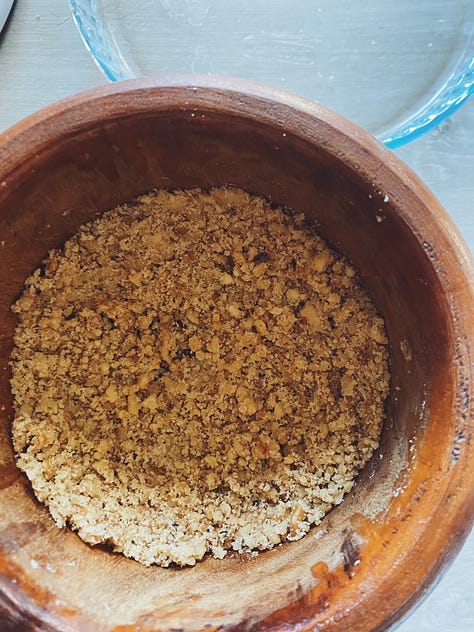

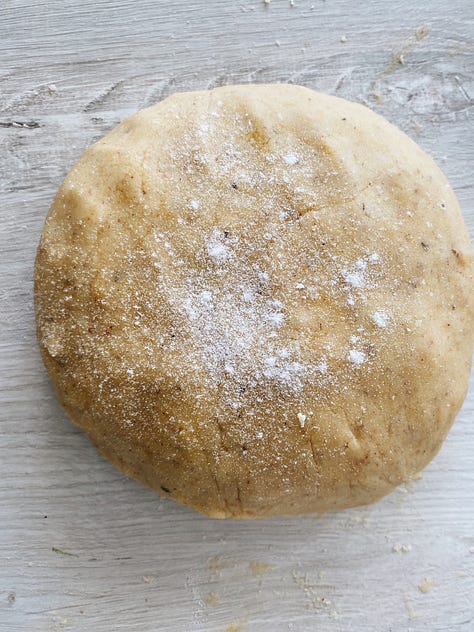
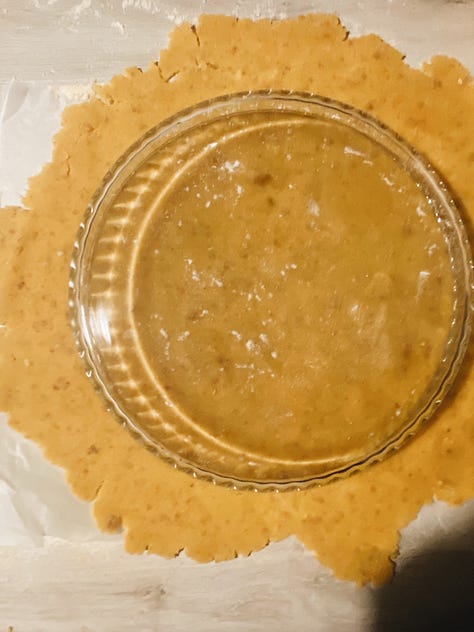

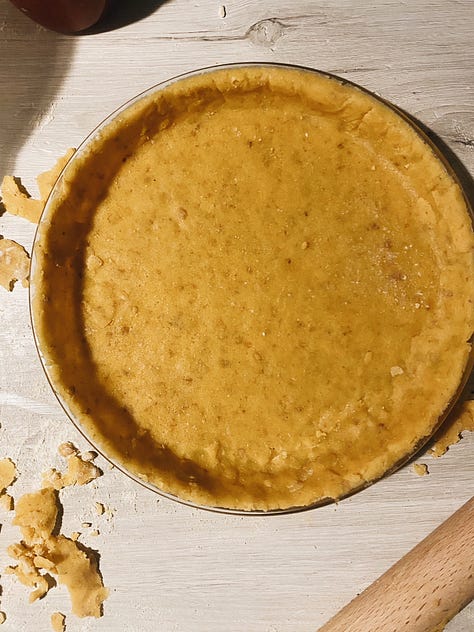
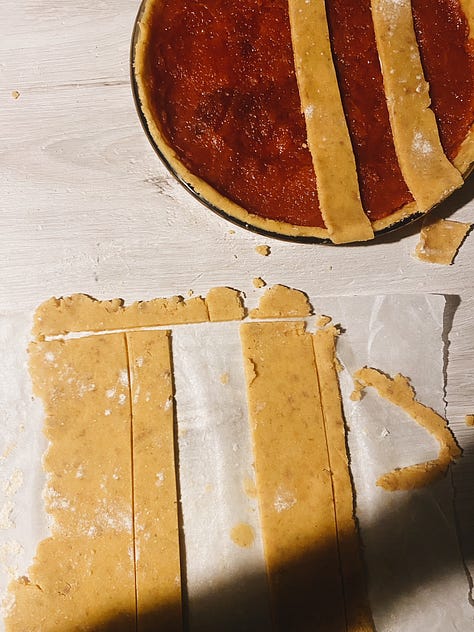
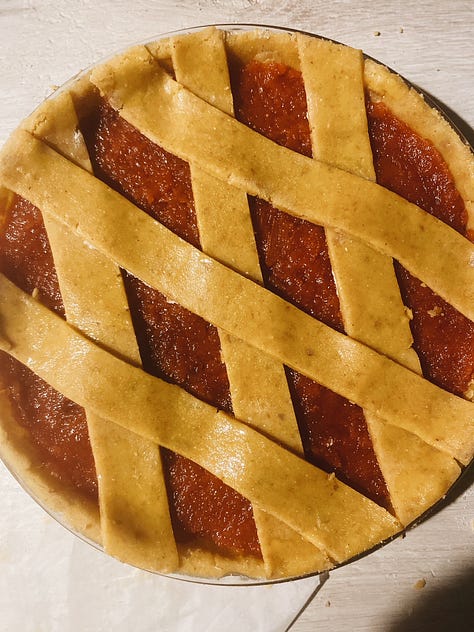
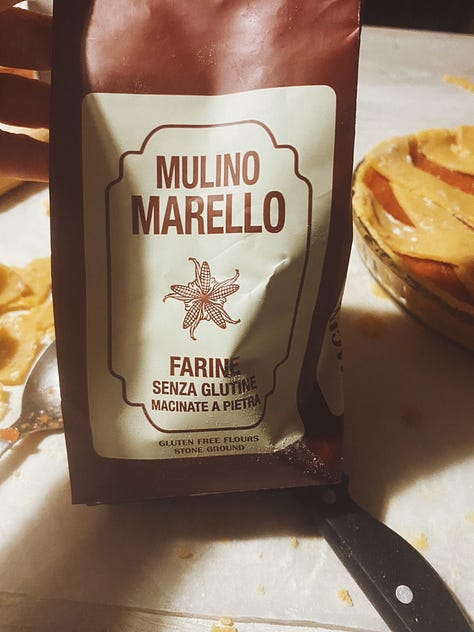
As mentioned in my last piece, mastering these accessible kitchen basics in their regular or gluten-free form opens you up to a world of Italian recipes that can be altered with the fruits of each territory and the seasons as they change.
I thank you dear reader for passing your time here. I always aim to inspire while providing useful information and/or techniques that one might apply to their own life or share with others for the same reason. You might already be highly skilled in the kitchen, especially the Italian one, maybe you are a novice or somewhere in between. Regardless, I believe that the beauty of the kitchen is that it is a humbling space with so much to teach us about life. It offers endless possibilities for learning, inspiration and exchange.
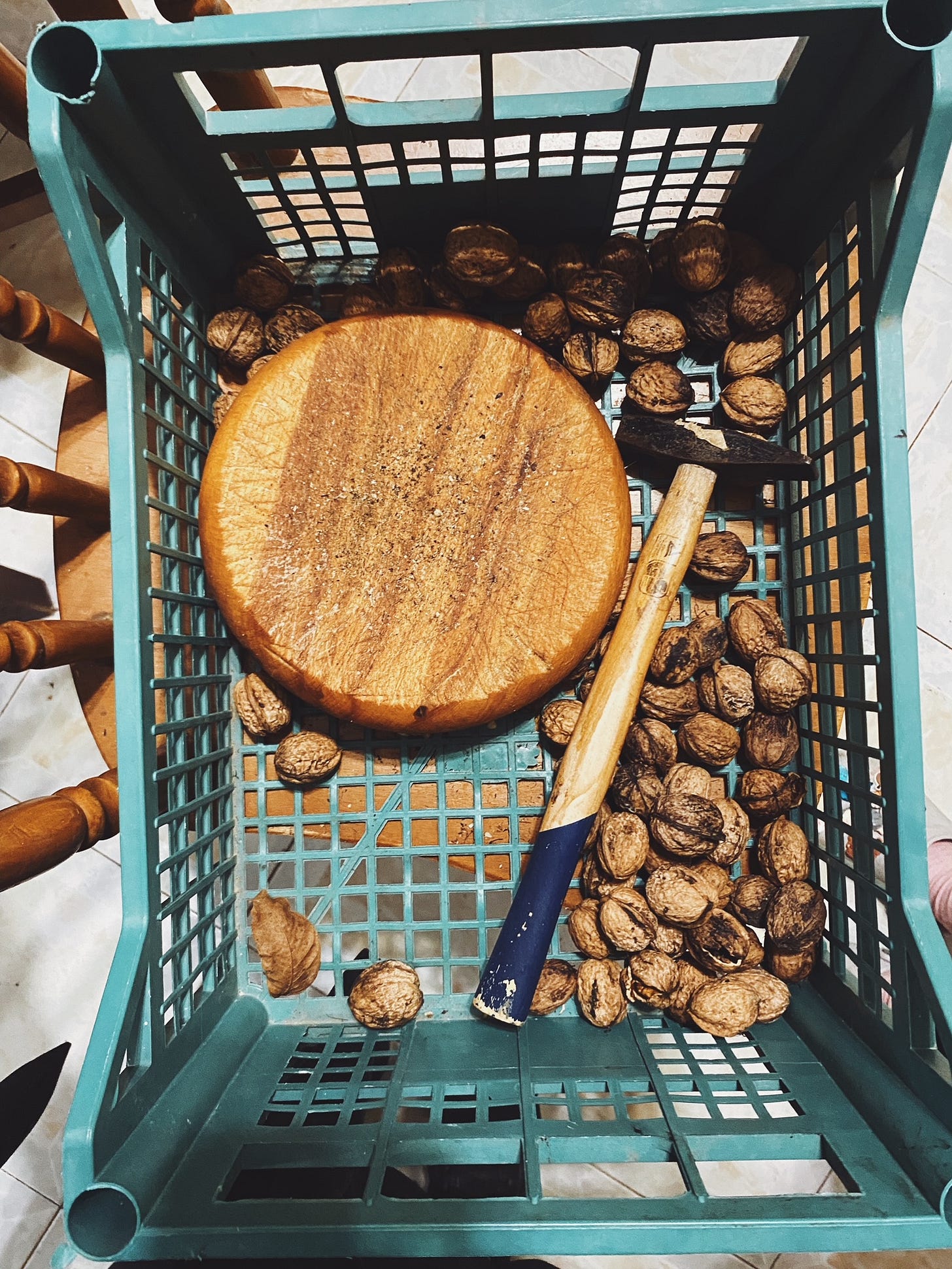
I strongly believe in intuitive cooking and that it is the most important skill we can acquire as cooks. So many recipes found scribbled in the agendas of Italian women can be quite vague and often lack precise measurements. Through repetitive action, we come to know techniques and certain recipes become written in our bones. If you master a broth for the most part you master them all, same with a seasonal minestrone or sauce. You trust your taste, instincts and innate knowing in order to become one with produce and ingredients as men and women have done since the beginning of time.
In my last piece, I also mentioned that the Italian kitchen offers a wide variety of naturally occurring gluten-free flours and pseudo-grains which are part of the fabric of Italy’s territories. These traditional ingredients offer depths of flavour and sources of nutrition that should be interesting to everyone regardless of their dietary needs or lack thereof.
This is good news for the increasing number of individuals who find themselves diagnosed with food allergies and autoimmune diseases and it is also positive for the people who are preparing or sharing meals with them in some way.
Why have these diagnoses exploded in recent years? Well, there are a myriad of reasons, but I think Dr. Alessio Fasano offers us one of the most important explanations:
‘As humans evolved, the immune system developed to fight one enemy: dangerous microorganisms… Until recently, these were the only targets of the immune system. No man-made chemicals, no artificial substances, no unusual stuff that isn’t really food; such things didn’t exist. Now our immune system faces enemies far more complex than its evolutionary system might be able to handle.’
So with this good news, I offer you this recipe for a gluten and lactose-free Quince + Walnut Crostata. A shortcrust crostata base known as pasta frolla is an Italian kitchen essential. I have a basic recipe which I will share with you here, but in the meantime, I offer up this seasonal version which is perfect for these colder days. As the walnut tree grows among the grapes, quince, apples, pears, figs, blackberries, pumpkin, oranges and plums, their somewhat bitter savoury flavour and oily texture complements the sweet preserves of their seasonal garden friends.

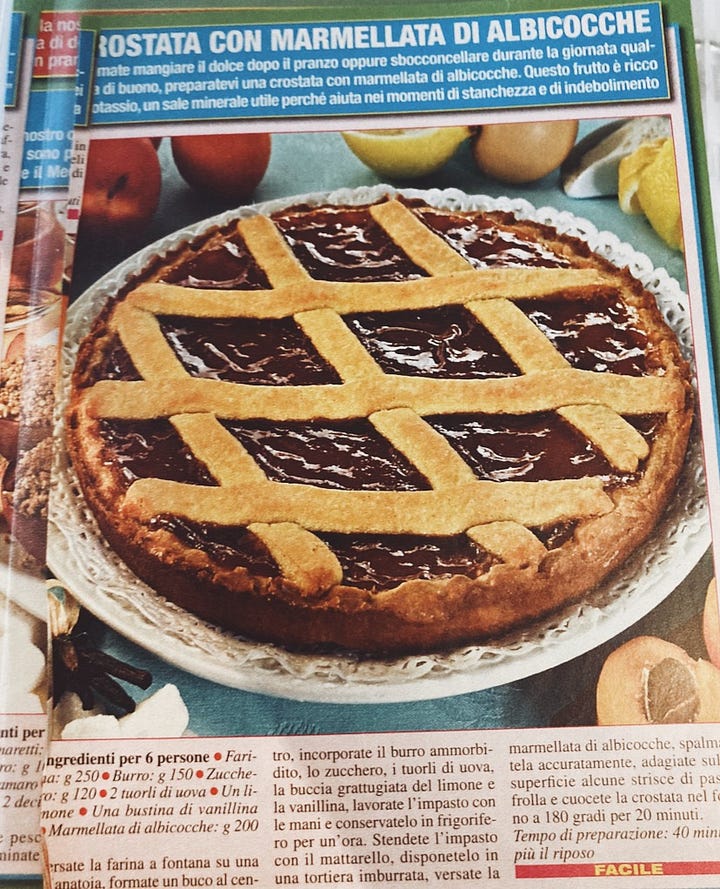
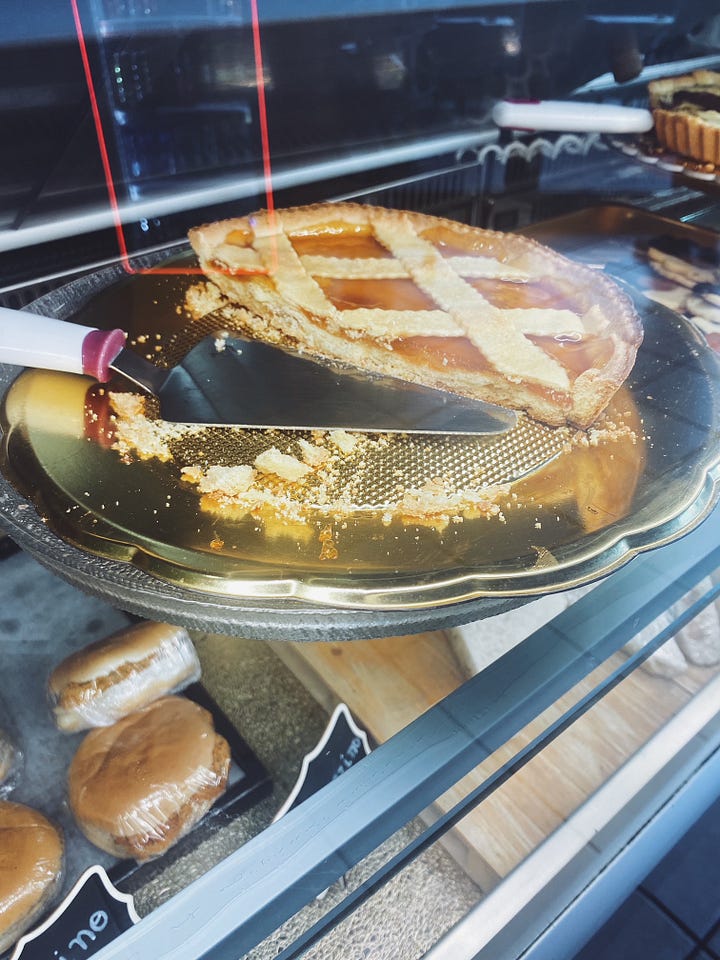
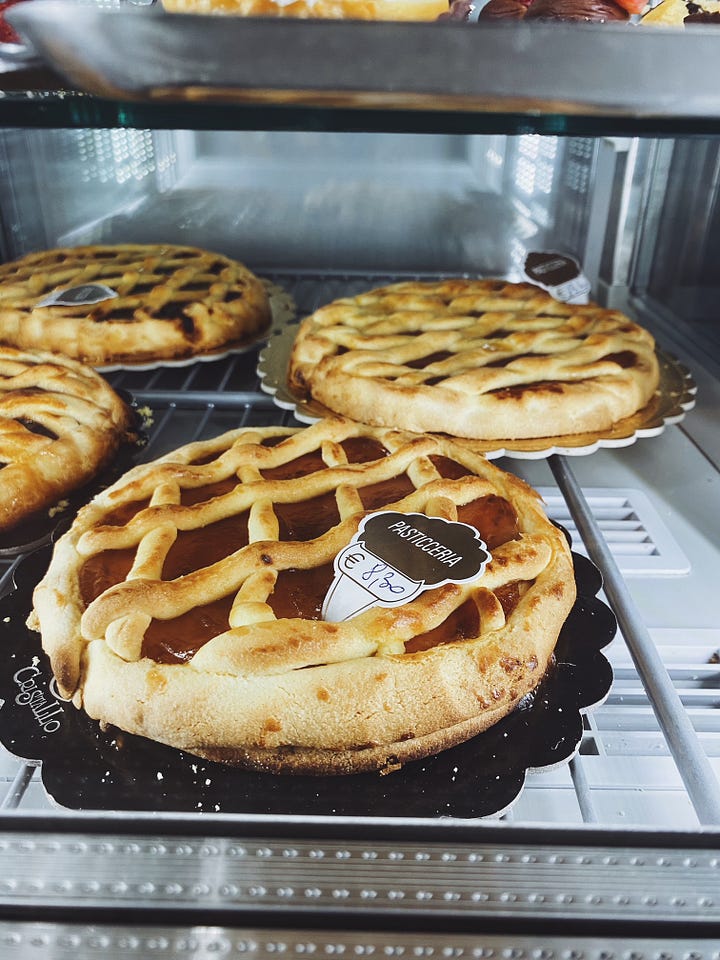
An individual’s crostata is as unique as their thumbprint. They come in different shapes and sizes with varying ratios of pastry to jam. I tend to observe them everywhere I go (always present at parties, pastry shops and bars) as an expression and extension of each cook’s hand.
The perfume of a freshly baked buttery crostata freshly pulled from the oven with its jewellery store case jam brings joy and warmth to the home at any time of day.
It turns out that my children adore quince jam so Artusi was right when he wrote :
‘Mothers should make good use of fruit preserves if only to sometimes satisfy their children's sweet tooth by spreading them on slices of bread.’
And doesn’t this theory apply to anyone?
A crostata does not last long in our house as it is sent to school, makes for breakfast and is revisited for merenda or snack time. While I like a thinner crust, my other resident taste testers are adamant about a thicker crust and less jam. Using a tart case of 25/26 centimetres gives you more pastry to work with on the base and 28 centimetres gives you less.
Ingredients like walnuts, orange zest, bright sunny organic egg yolks and the unique characteristics found in each fruit offer a variety of curative properties. Stone ground flour allows whole grains to retain their flavour and the nutritional aspects absent in highly processed white flour — not to mention the lovely rustic texture that they bring. These qualities also affect how the finished product impacts blood sugar. Whole grains and the protein from nuts keep us fuller longer.
I always try to use raw sugar, but with this said, sugar is sugar so I aim to keep the amount as low as possible and I alter the amount depending on the sweetness of the jam. Hence the reason for the range offered in the recipe. With this said, everything in this life should be enjoyed and taken in moderation.
They make gluten-free flour for specific uses here in Italy, but many are highly processed. If I am unable to find whole grain flour here or abroad, I create my own blend. Sometimes I will use the processed flour as a stable base to mix with other seasonal flours. For the sweet preparations of autumn and winter, I am using combinations made with ingredients such as buckwheat, chestnut, corn, brown rice, ground walnuts, hazelnuts and almonds depending on the flavour profile of each recipe.
Here is one very important fact about gluten-free cooking: gluten-free flour is non-standard. Like potatoes, they have different textures and rates of absorption. This is where the importance of intuitive cooking comes in. Please see more in the notes below.
In the meantime, I hope this recipe makes for a satisfying, useful and delicious addition to your culinary repertoire. A crotata recipe is an absolute must-have in the Italian kitchen.
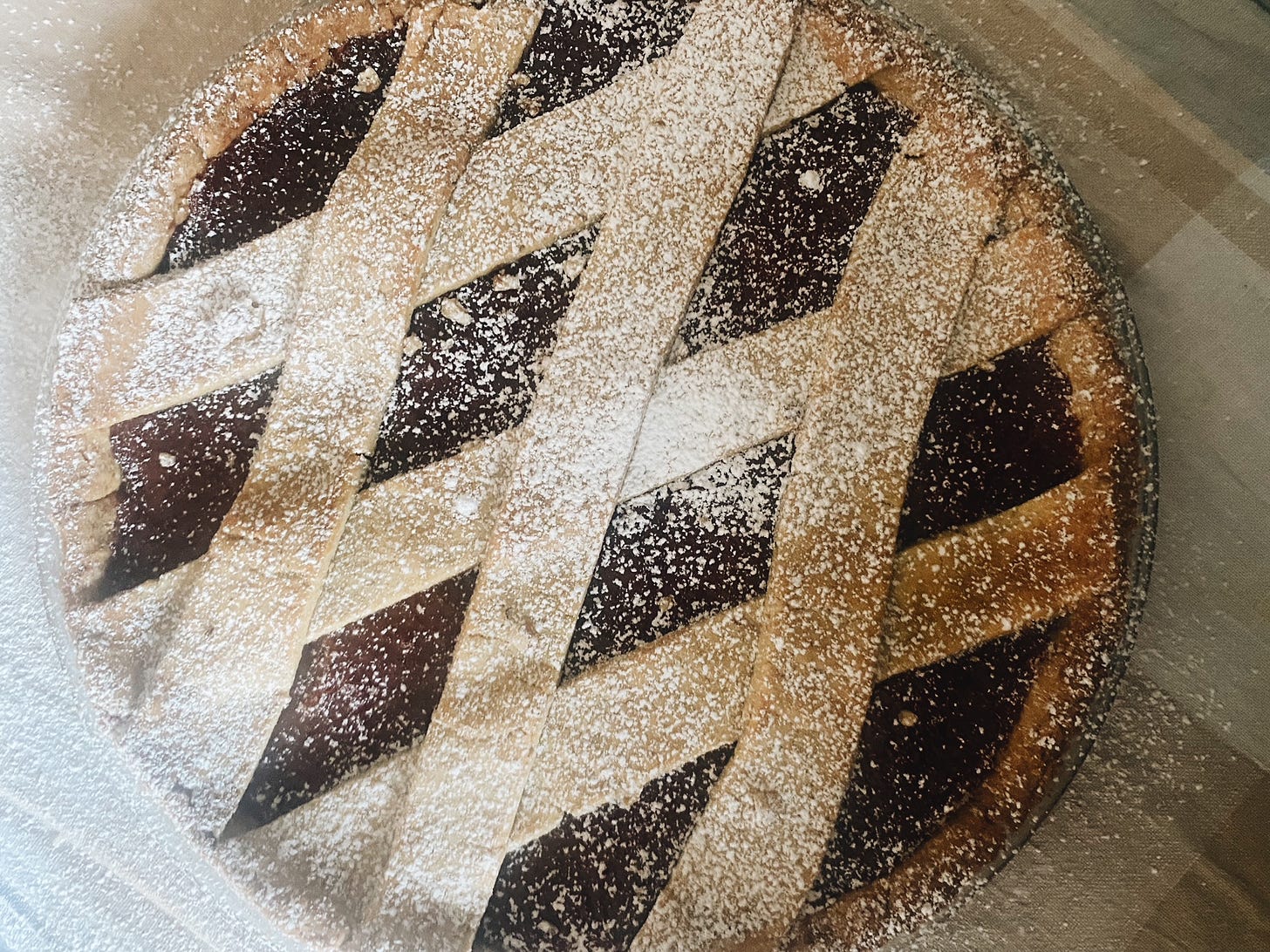
Quince + Walnut Crostata
Crostata di noci e marmellata di mele cotogne
Serves 8-12
GF + LF + V
INGREDIENTS:
275g gluten-free flour blend
75g ground walnuts
150g cold lactose-free butter, plus extra for greasing
80/100g fine raw cane sugar
4 eggs
Grated zest of one organic unwaxed orange
1 pinch of cinnamon
1 pinch of sea salt
325g fruit jam
TOOLS:
25-28cm oven-safe tart dish or tin
1 rolling pin
1 roll of parchment paper
1 long smooth sharp knife
1 pastry brush
Optional: 1 pasta or pizza cutter
METHOD:
1. Preheat your oven to 180°C/160°C fan. Grease and lightly flour your tart case.
2. Sift flour onto a clean work surface. Add walnuts to combine. Cut the butter into small even squares and add them to the flour. Combine the butter and flour with the tips of your fingers working quickly until the flour resembles breadcrumbs.
3. Use your hands to mix in the sugar, salt, cinnamon and orange zest.
4. Make a well in the middle of the mixture. Add 1 egg and 2 yolks. Gently beat them with the tip of a fork until combined.
5. Use your hands to bring the ingredients into a smooth ball of dough.
6. Dust the dough with flour and wrap it in parchment paper or a beeswax wrap for at least one hour.
7. Rip off a large piece of parchment paper and lightly dust it with flour. Roll out the pastry to your desired thickness. Trim the excess dough leaving 4-6 centimetres around the circumference of the tart case
8. Put the opening of the tart case on top of the dough. Gently slide your hand under the parchment paper and quickly flip it so the bottom rests on the table.
9. Gently peel the paper from the dough and gently push it into the corners of the tart case. Trim off the top edges with your rolling pin or knife.
10. Patch any tears that may occur and prick the base with a fork.
11. Spread the jam over the base with the back of a spoon.
12. Gather your excess dough, roll it out again on lightly floured parchment and cut long strips with the knife or pasta/pizza cutter.
13. Use the knife to gently lift the pastry strips onto the crostata to make a lattice design. Trim the excess dough.
14. Beat the remaining egg and brush it over your pastry.
15. Bake for 30-45minutes depending on the strength of your oven. It is done when the crust is a light golden brown.
16. Serve warm. Crostata is also delicious with cold gelato or freshly whipped cream.
NOTES:
1. The protein gluten brings elasticity to dough so the parchment paper helps you to manoeuvre the dough in its absence.
2. As mentioned, the rate of absorption differs with flour blends and brands. If your dough is too dry, you can slowly add a little bit of egg white or some water. If it is too wet, slowly sift in additional flour until you achieve a smooth, flexible dough.
3. I start checking my crostata about 20 minutes into the cooking time.
4. Add sugar according to the sweetness of the jam and your personal taste.
5. This shortcrust is also great for pumpkin pie.





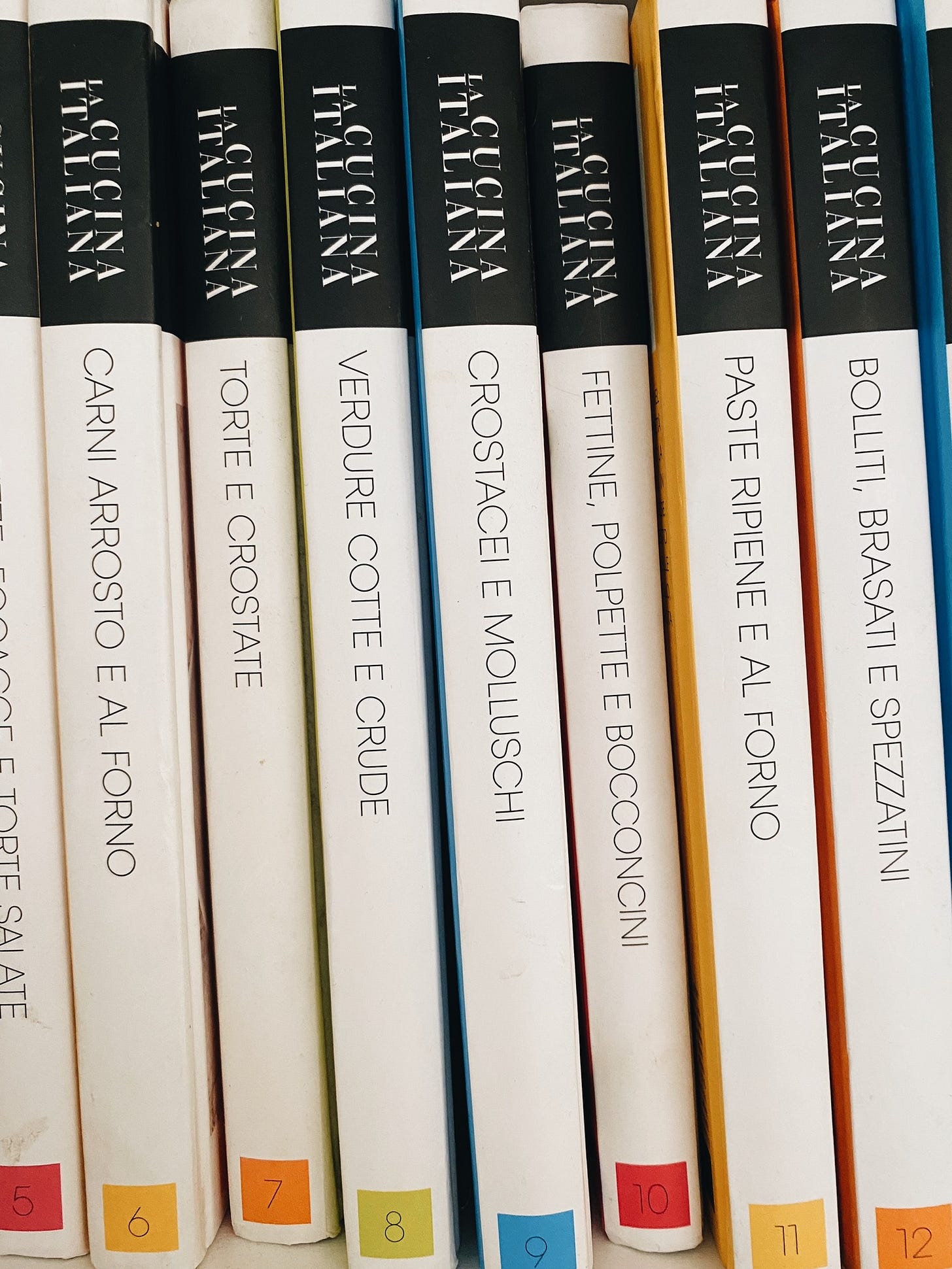

I love quince and am just about to poach my last few of the season. My now adult son is gluten/dairy sensitive and when he visits us here in Rome we get gf pizza at Mangiafuoco. When he was little it was so much harder to find gf/df ingredients. We didn’t eat pasta for years until gf versions became available.
I was just looking for a gluten-free, lactose-free crostata—you saved me! I also want to say that, when I was young, I always bought that journal.